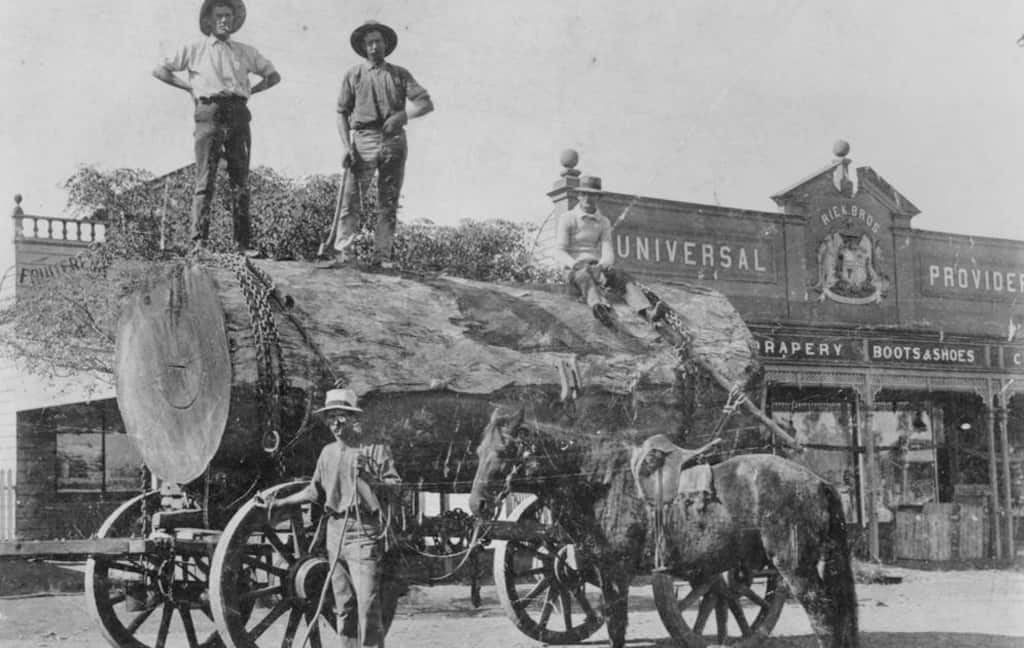Conflicts over native forest logging in Australia have raged for more than four decades and pressures on forests have grown despite 20-year regional forest agreements intended to achieve sustainable timber harvesting.
This case study of the 1999 South East Queensland Forests Agreement, part of our Threats to Nature case studies in success series, demonstrates an alternative path – a pact forged by the timber industry and conservation groups, supported by the Queensland Government, to transition the industry to hardwood plantations and transfer most state forests to national parks.
This exemplar of collaborative, stakeholder-driven governance has achieved a more sustainable future for both the timber industry and native forests.









